Practice #36: Schnuppofsky
4 Scents 4 Sounds
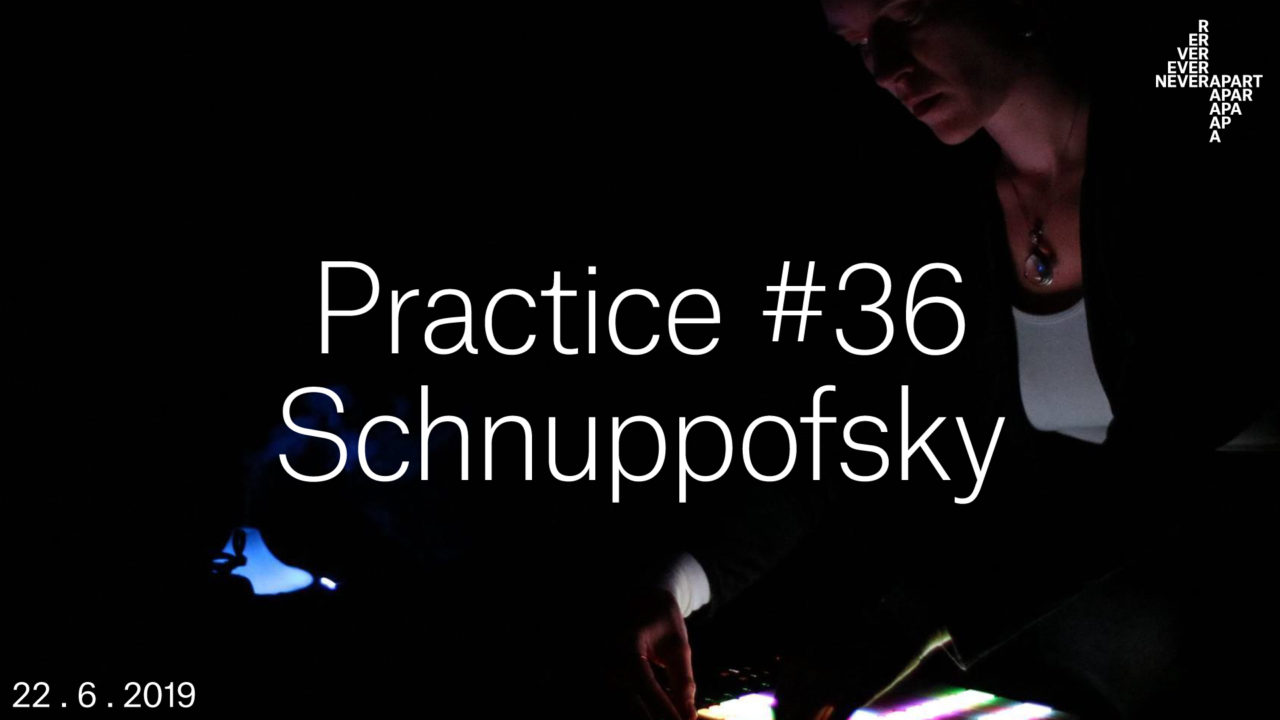
4 scents 4 sounds by Schnuppofsky explores the union of scent and sound as frequencies, as gateways to memories, as resources for healing by drawing on the therapeutic and olfactory properties of essential oils.
We invite you to this 60 minute guided sound meditation accompanied by a set of therapeutic essential oils using an oil diffuser. The first part of the session is comprised of a short introduction into the properties of essential oils, then listeners may lie down, close their eyes while their 6th sense is stimulated. The music specifically prepared to complement the oils guides them through the next 50 minutes. In the end everyone can look at, smell and try out the oils.
Free entry.
**Please inform us if you have any allergies to needle trees or other plants.**
About Schnuppofsky
In Schnuppofsky’s musical compositions, organic sounds merge with thick, dark drones, combining native and classical instruments with field recordings. The emerging soundscapes make audible tensions between the opposing forces in nature: the calm before a storm, the comforting forest sounds juxtaposed to low, rumbling underwater frequencies and the expanded, floating sounds of distant sea- and land creatures’ whistles pervading the human heartbeat.
Her artistic practice consists of playing and recording instruments, then synthesizing these audio tracks into pads and improvising/composing. Recent compositions have been strongly influenced by rare instruments such as overtone harps, which she had the chance to record a private collection of custom made harps this winter in Austria.
As a trained flute player, for her live performances, she likes to layer recorded sounds on top of custom made atmospheric pads and flute improvisation to achieve organic, deep and natural soundscapes.
Listen to her music here: https://soundcloud.com/schnuppofsky
“Essential oils have the highest frequencies of any measured natural substance. Pure grade essential oils range in frequency from 52 to 580 MHz (latest finding with Idaho Blue Spruce). A healthy body, from head to foot, typically has a frequency ranging from 62 to 78 MHz, while disease begins at 57 MHz.”
“Two New York researchers, Daniel Wesson and Donald Wilson, were confronted with this fact when they began investigating an “enigmatic” area of the brain known as the olfactory tubercle. Originally, they only intended to measure how olfactory tubercle cells in mice responded to smell. But during testing, Wesson noticed that every time he clunked his coffee mug down next to the experiment, the mouse cells jumped in activity. In fact, the olfactory tubercle is physiologically well-placed to receive both smell and sound information from the outside world; and so Wesson and Wilson broadened their investigation.
They found that among individual cells, most responded to odour but a significant number were also active when a tone was played. Some cells even behaved differently when smell and sound were presented together, by either increasing or suppressing their activity. As Wesson and Wilson point out, there may be some evolutionary sense behind the phenomenon – the sound of movement accompanied by an unfamiliar smell could alert you to the presence of a predator.”
“While extant research suggests that olfactory and musical stimuli can influence individuals’ perceptions and behaviors, the combined or interactive effects of these environmental cues is not well understood. Using stimuli associated with the Christmas holiday season, this research explores the joint effects of ambient scent and music on consumers’ evaluations of a store, its environment and offered merchandise. A 2 (no scent vs. Christmas scent)×2 (non-Christmas music vs. Christmas music) experimental design was implemented in a mock retail store. Results indicate that the effects of adding an ambient Christmas scent are moderated by the nature of the background music. In particular, consumers’ evaluations are more favorable when the Christmas scent is in the presence of Christmas music. The presence of the Christmas scent with non-Christmas music, however, lowers evaluations. Results and implications of the findings are discussed with regard to retail practice and environmental psychology.”
About Practice
Practice is an investigation of the capability of sound to induce different transcendental states of awareness and being. Through a series of noise sets, practice explores the experiential application of theories underpinning the transformational properties of sound, such as cymatics, music therapy, sound healing, brain entrainment, and binaural-beat perception.
Each session features a noise artist, who, informed by their own knowledge of sound, creates a immersive set intended to bend consciousness. listeners are encouraged to embrace a receptive, meditative attitude during sets.
We don’t mind if you’re new or old to noise or meditation.
If you’re curious to be engaged, to open yourself to new experiences and to hear some noise, then join us.
We have yoga mats available to use and listeners are invited to bring their own sitting paraphernalia if they please.
We would like all guests to be able to participate, so please arrive on time. Seating is limited: first come, first served.
We have a ramp available for people in wheelchairs. Please let us know in advance if you will need it by emailing janntomaro@gmail.com
The event takes place in the main room on the ground floor.
Any further questions about the event can be directed to: janntomaro@gmail.com
Land Acknowledgement
We would like to acknowledge that the land on which we gather for this event is located on unceded Indigenous lands. The Kanien’kehá:ka Nation is recognized as the custodians of the lands and waters on which we gather today. Tiohtiá:ke/Montreal is historically known as a gathering place for many First Nations. Today, it is home to a diverse population of Indigenous and other peoples. We respect the continued connections with the past, present and future in our ongoing relationships with Indigenous and other peoples within the Montreal community.

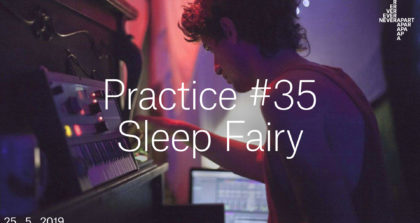
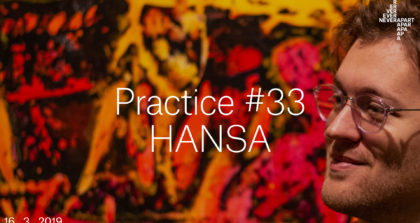
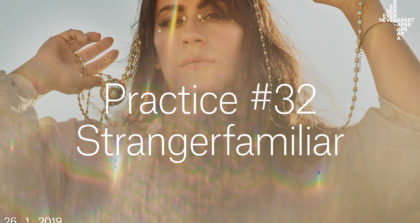
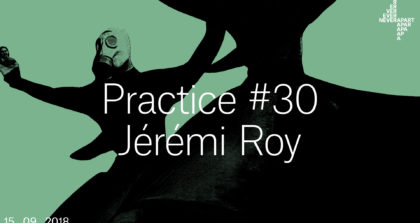
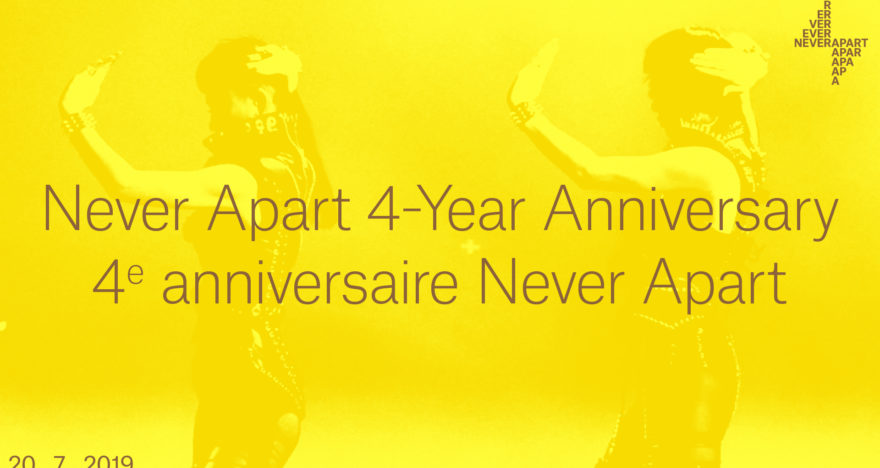
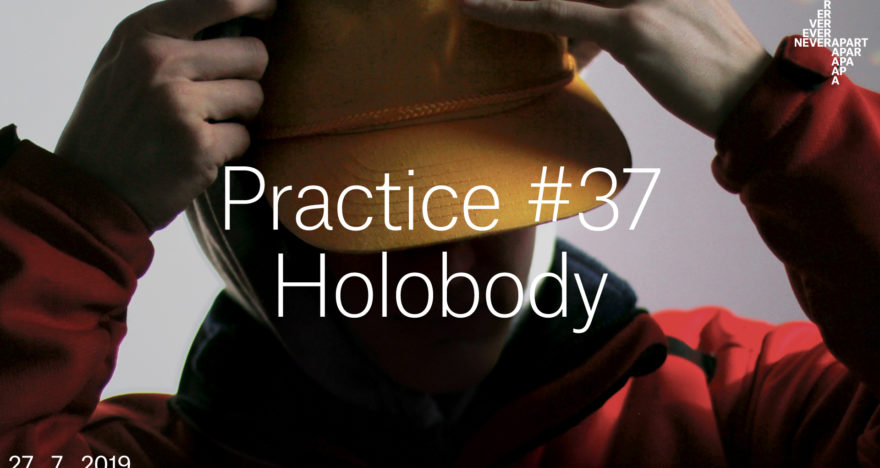
View Comments
No Comments (Hide)